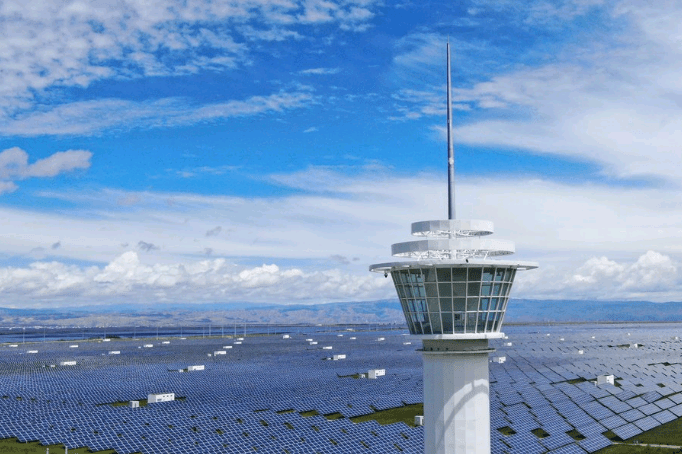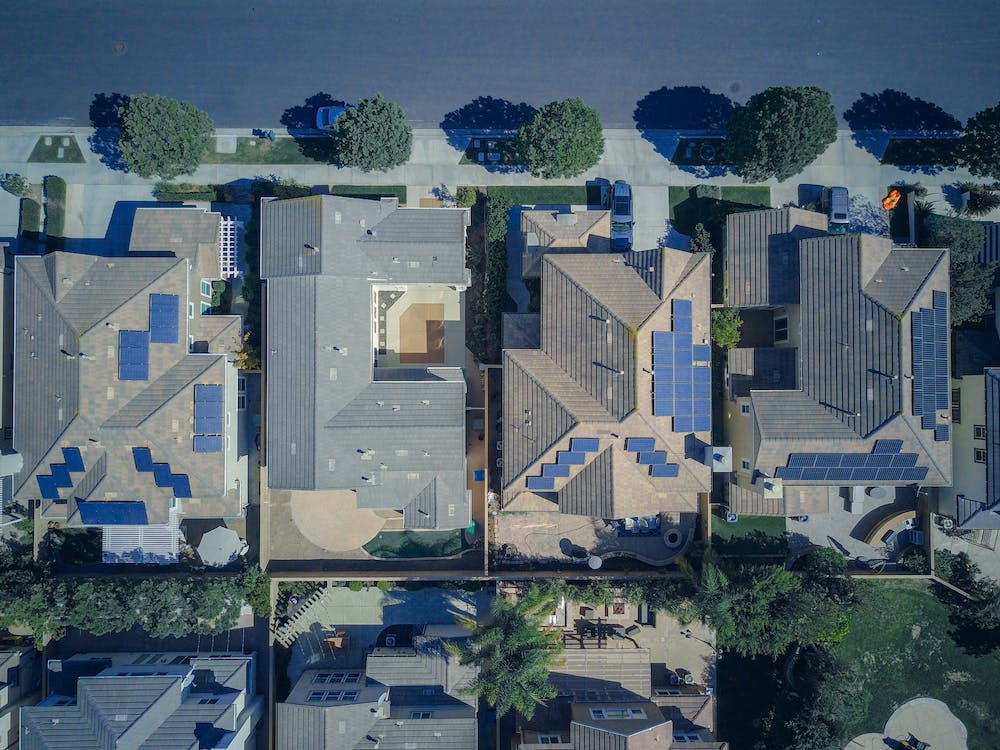Distributed PV power generation and centralized PV power generation are two distinct approaches to developing photovoltaic (PV) energy systems. Understanding the differences between these approaches is essential for planning and implementing effective solar power projects.

Centralized PV, as the name suggests, involves the construction of large-scale PV power stations in remote or non-residential areas, typically with a generating capacity exceeding tens of megawatts.
These centralized systems offer significant advantages such as economies of scale and lower costs per unit of energy produced. However, they require extensive land availability, making implementation challenging in densely populated urban and residential regions.
On the other hand, distributed PV power generation focuses on installing PV systems at various sites, including residential, commercial, and industrial locations. These systems serve multiple purposes by generating electricity for on-site consumption as well as exporting excess power to the grid.

Distributed PV offers benefits such as flexibility in installation, easy maintenance, and the potential for enhanced energy independence. However, compared to centralized PV, distributed systems often have a smaller scale, resulting in relatively higher installation costs.
The disparities between distributed PV and centralized PV power generation primarily revolve around scale, installation location, and cost considerations.
Distributed PV systems are more suitable for areas where land resources are limited, like urban environments and residential areas. The flexible installation options enable efficient utilization of available rooftop or ground space.
In contrast, centralized PV is better suited for large-scale projects in remote or non-residential areas, where ample land is available to accommodate the sizeable infrastructure required.
Understanding these differences is crucial in determining the most appropriate approach for specific energy needs and geographical contexts.
Both distributed and centralized PV power generation methods contribute to harnessing renewable energy sources, but their suitability depends on factors such as land availability, infrastructure requirements, and project objectives.


